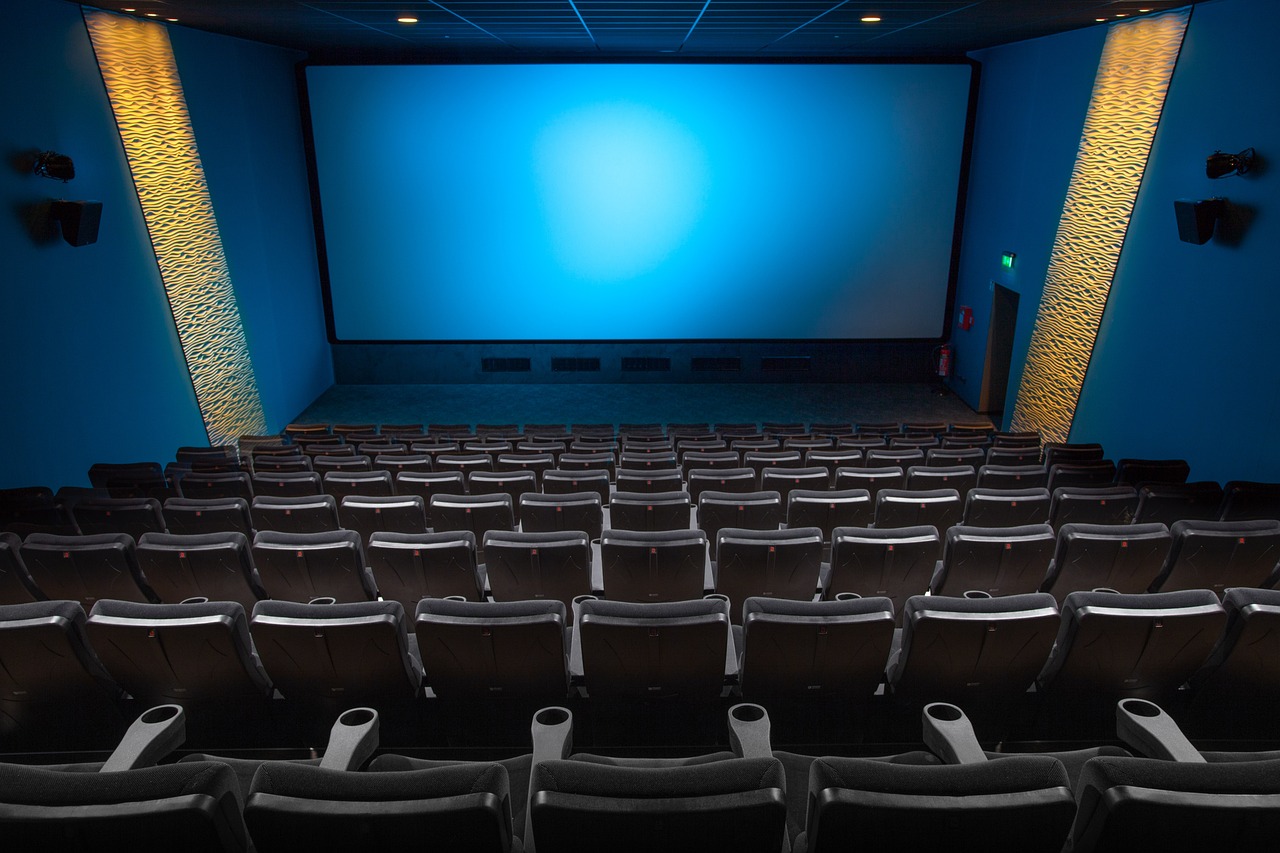Micro-Cinema: The Rise of Tiny Theaters
In an era of sprawling multiplexes and streaming giants, a quiet revolution is unfolding in the world of cinema. Micro-theaters, intimate venues seating anywhere from 10 to 50 people, are carving out a niche in urban landscapes across the globe. These pint-sized cinemas offer a unique, personalized movie-going experience that's capturing the hearts of film enthusiasts and casual viewers alike. From converted storefronts to repurposed shipping containers, micro-cinemas are redefining what it means to watch a film in public, blending the comfort of home viewing with the communal spirit of traditional theaters.

A Response to Changing Viewer Habits
As streaming services gained dominance and traditional theaters faced challenges, micro-cinemas emerged as a counterpoint to both. They offer an experience that can’t be replicated at home, while avoiding the impersonal nature of large multiplexes. Many micro-theaters focus on curated programming, showcasing independent films, documentaries, and classics that might not find a home in mainstream venues.
Design and Atmosphere
What sets micro-cinemas apart is their attention to detail and atmosphere. Many feature custom-designed seating, from plush armchairs to vintage theater seats, creating a cozy, living room-like environment. Some even offer blankets and pillows for added comfort. The small scale allows for personalized touches impossible in larger venues, such as hand-picked decor or themed environments that complement the films being shown.
Community and Connection
Perhaps the most significant aspect of micro-cinemas is their role in fostering community. With their limited capacity, these venues naturally encourage interaction among patrons. Many micro-theaters host pre or post-screening discussions, turning film-watching into a social event. This sense of community extends to the programming as well, with some venues allowing local film enthusiasts to curate screenings or showcase their own work.
Technology and Innovation
Despite their small size, many micro-cinemas are at the forefront of projection technology. Some boast state-of-the-art digital projectors and sound systems that rival those found in larger theaters. Others embrace vintage technology, offering film purists the chance to experience movies on 35mm or even 16mm projectors. This blend of nostalgia and cutting-edge tech appeals to a wide range of movie lovers.
Economic and Environmental Impact
Micro-cinemas represent a sustainable model in the film exhibition industry. Their small footprint means lower overhead costs and energy consumption compared to traditional theaters. Many operate in repurposed spaces, contributing to urban renewal and the creative use of existing structures. This eco-friendly approach resonates with environmentally conscious consumers and aligns with broader trends in sustainable entertainment.
Challenges and Future Prospects
While micro-cinemas offer numerous advantages, they face unique challenges. Licensing for film screenings can be complex and costly for small operators. Additionally, the limited seating capacity means that profitability can be a constant concern. However, many micro-cinemas have found success through membership models, diverse programming, and by offering additional services such as cafes or bars.
Global Spread and Local Flavor
The micro-cinema movement has taken root in cities around the world, each venue reflecting its local culture and film scene. In Tokyo, capsule cinemas offer solitary viewing experiences in pod-like seats. Berlin’s micro-theaters often inhabit quirky locations like converted public toilets or Cold War bunkers. New York City sees rooftop micro-cinemas popping up, offering skyline views alongside indie films.
The Future of Film Viewing
As the entertainment landscape continues to evolve, micro-cinemas represent a fascinating hybrid of traditional and modern viewing experiences. They offer an antidote to the isolation of home streaming while providing a more intimate alternative to big-box theaters. Whether they become a widespread phenomenon or remain a niche attraction, micro-cinemas are undoubtedly leaving their mark on the way we experience film in the 21st century.





